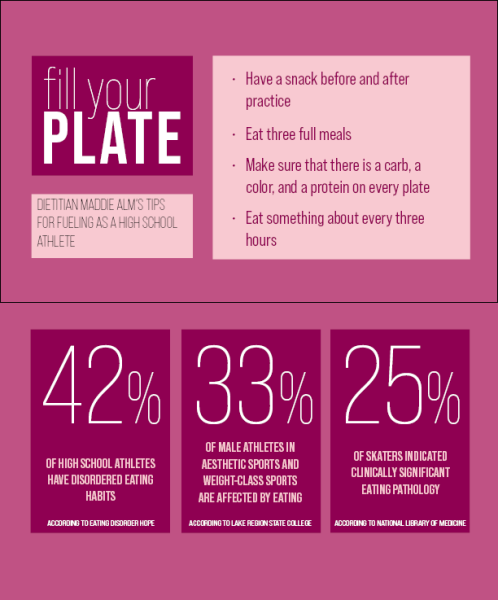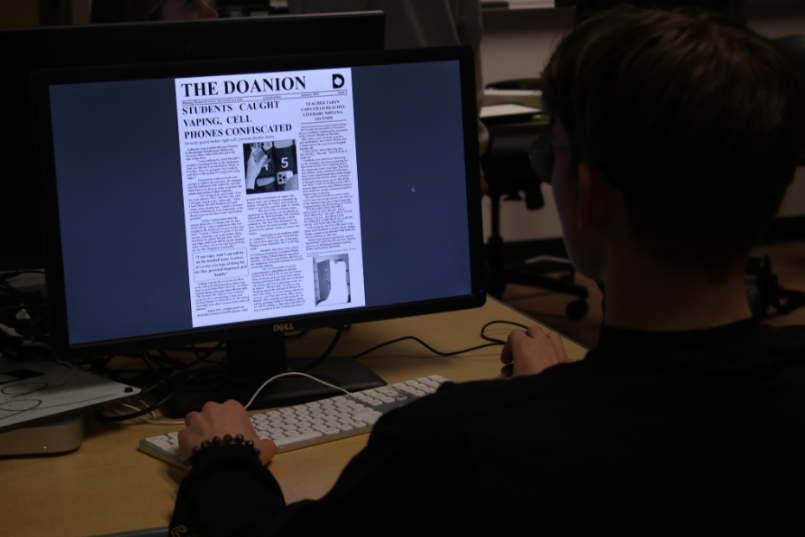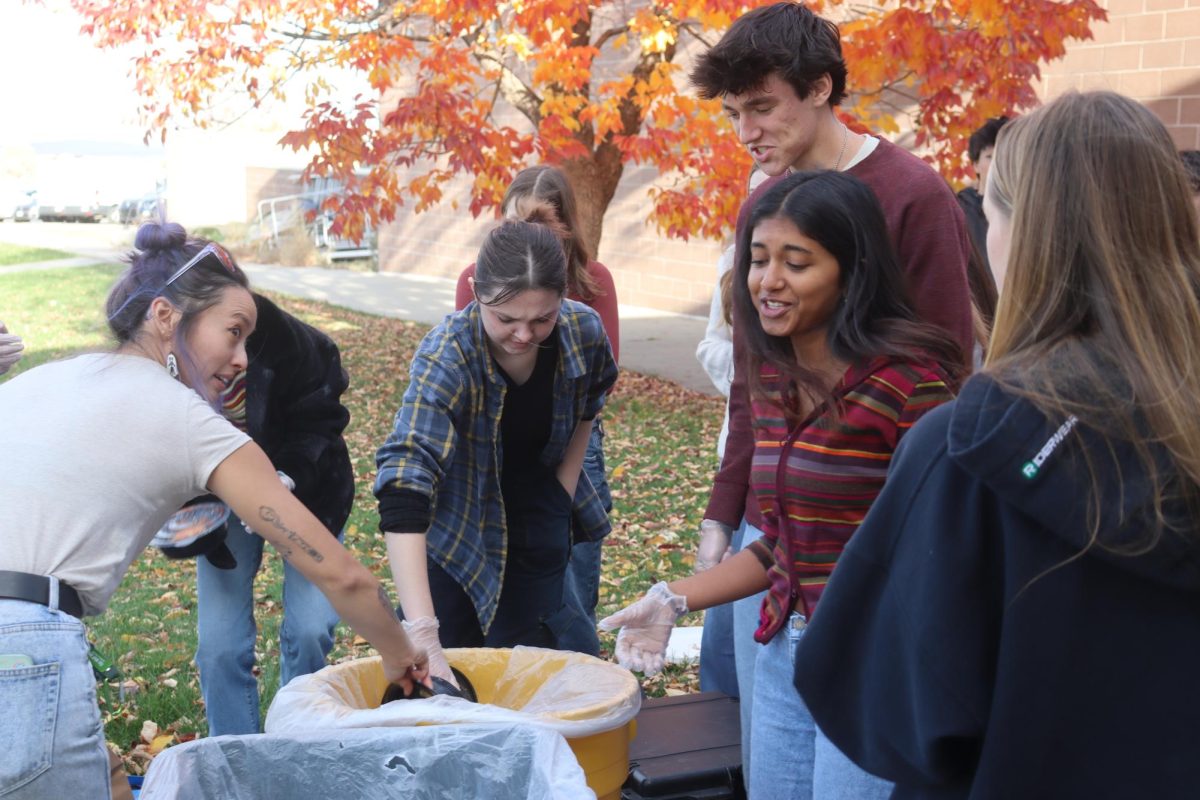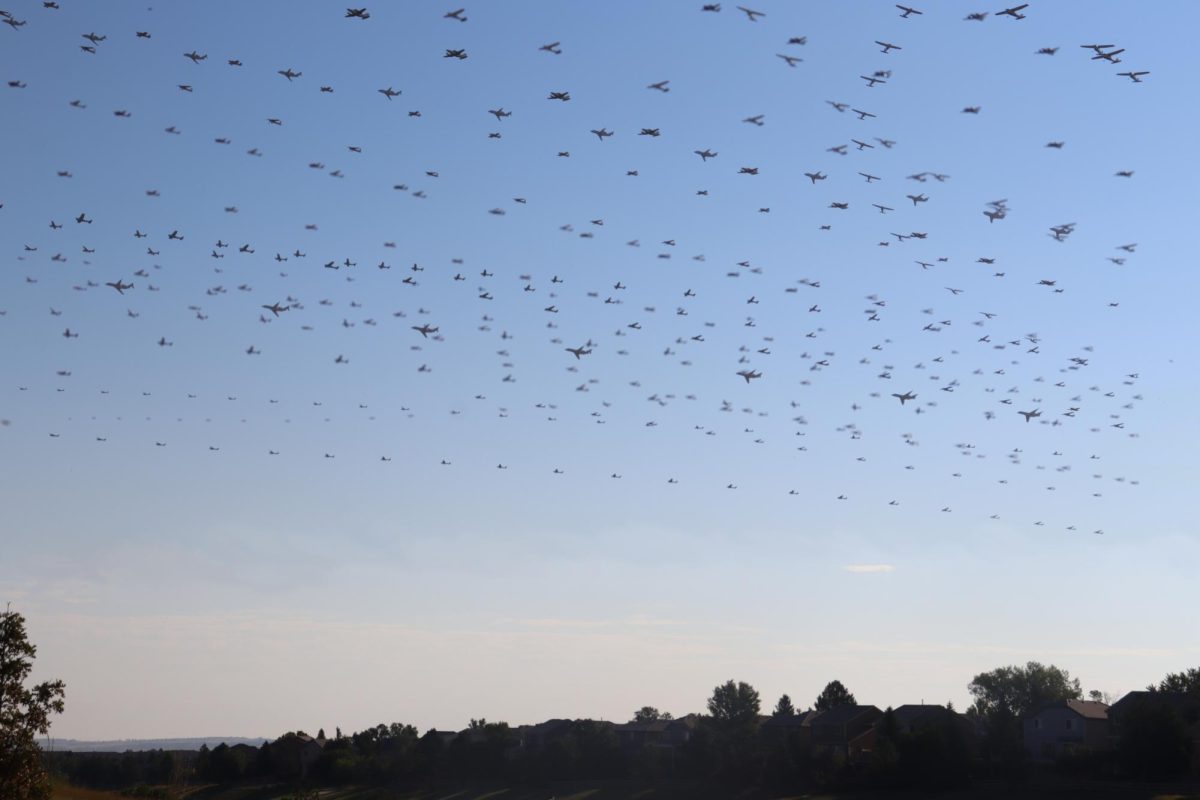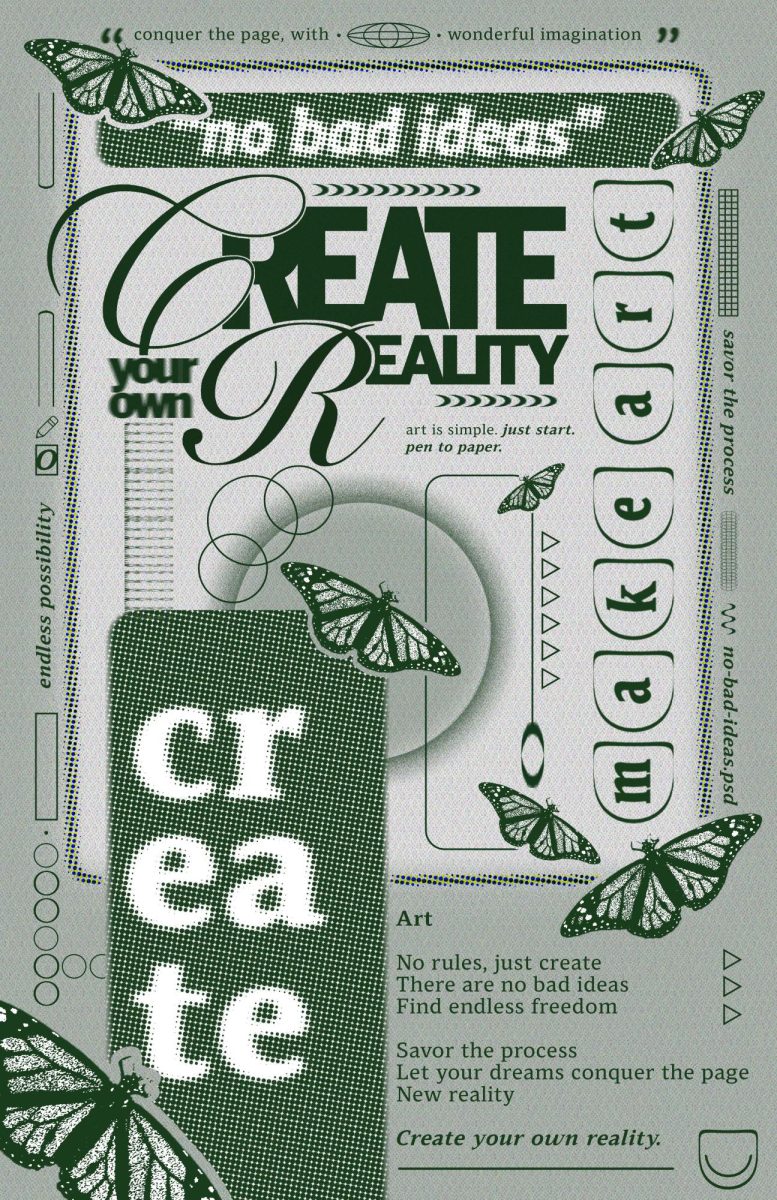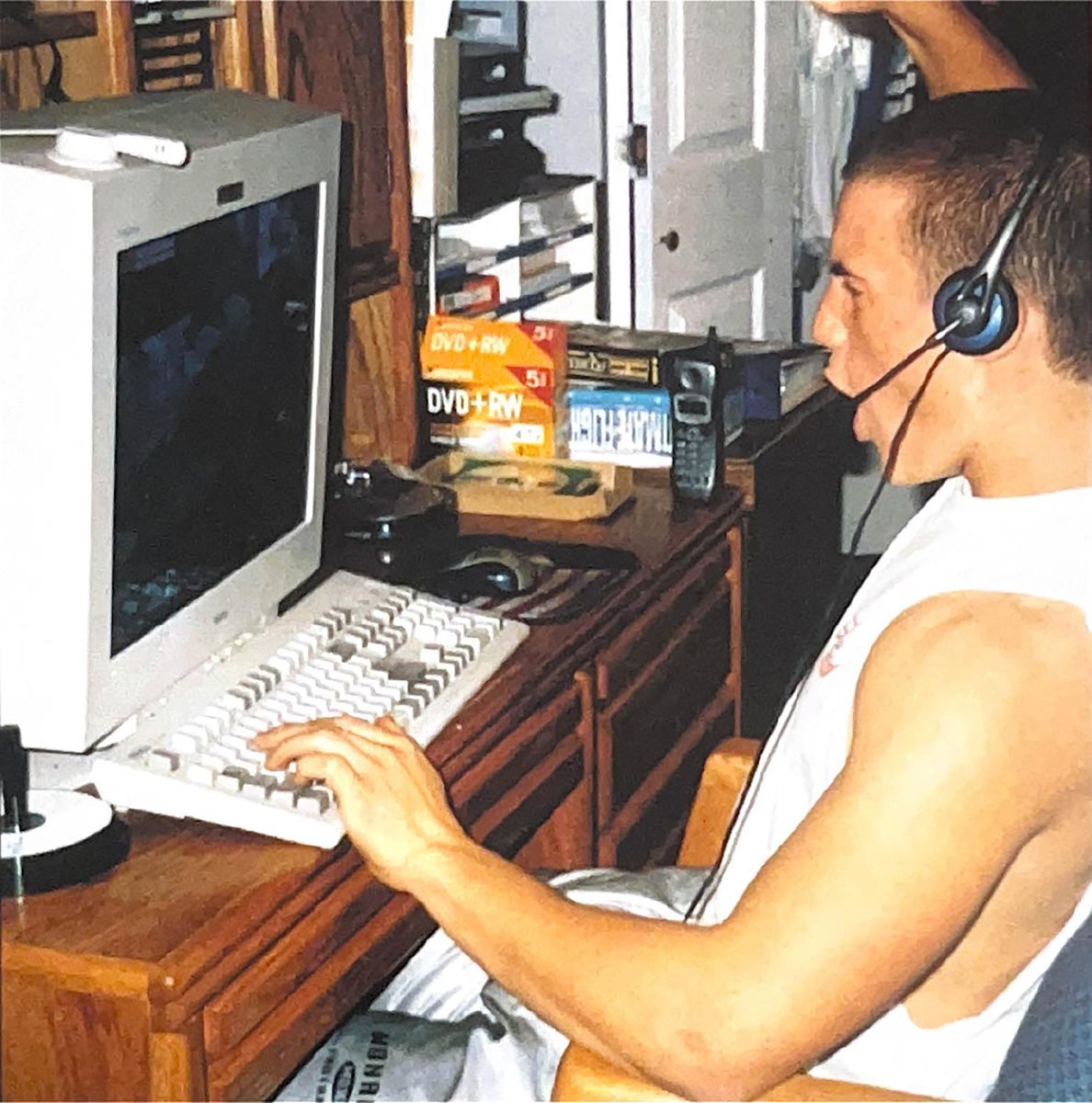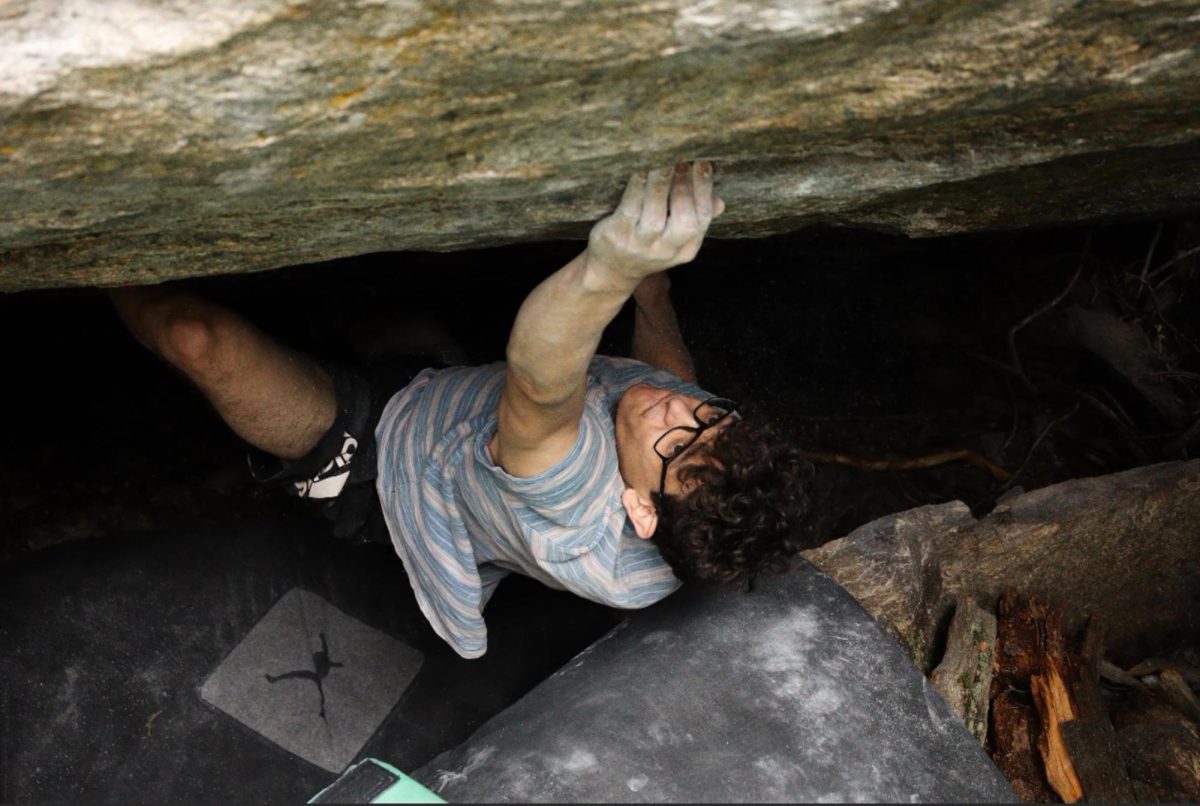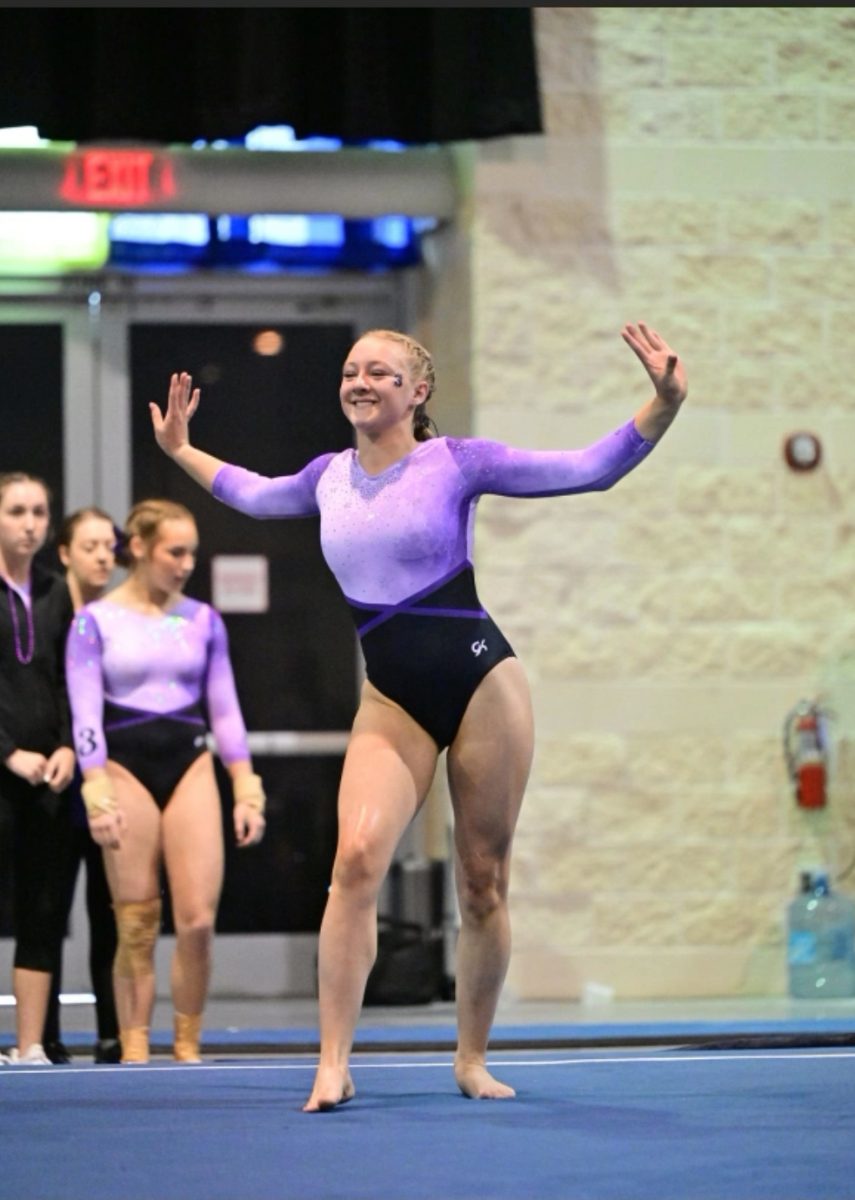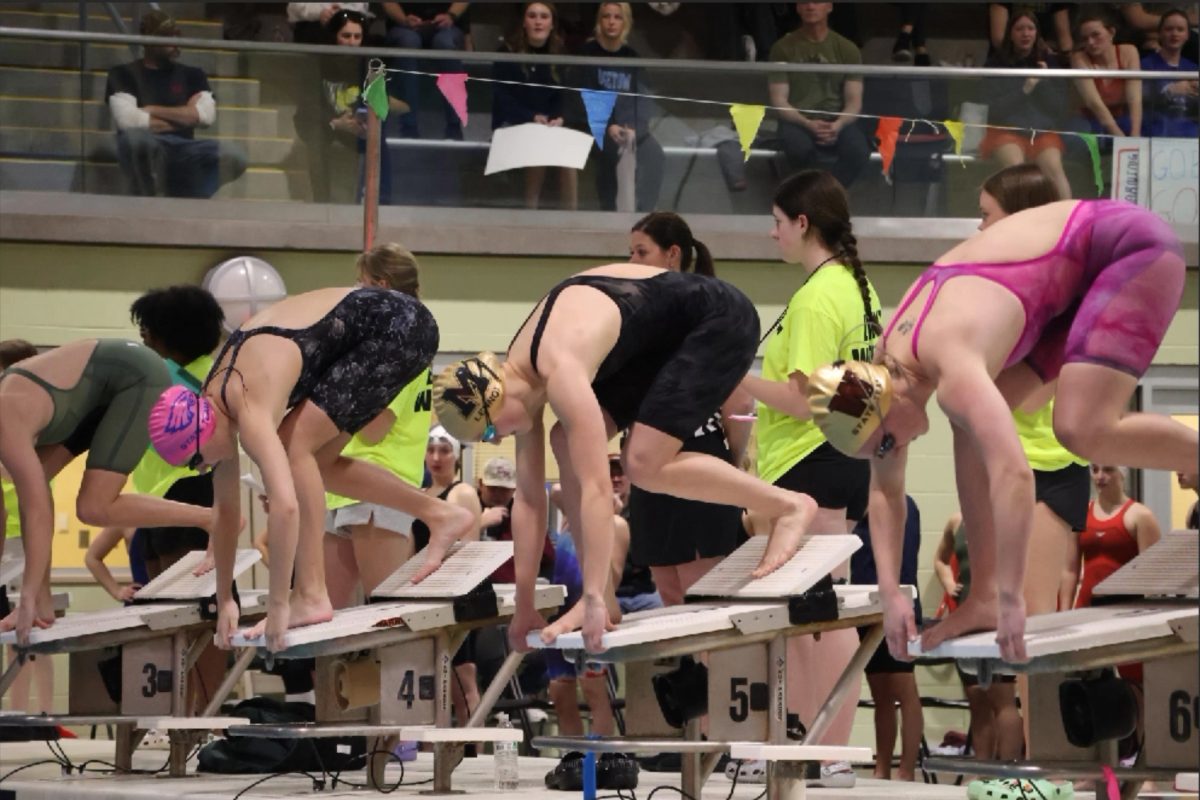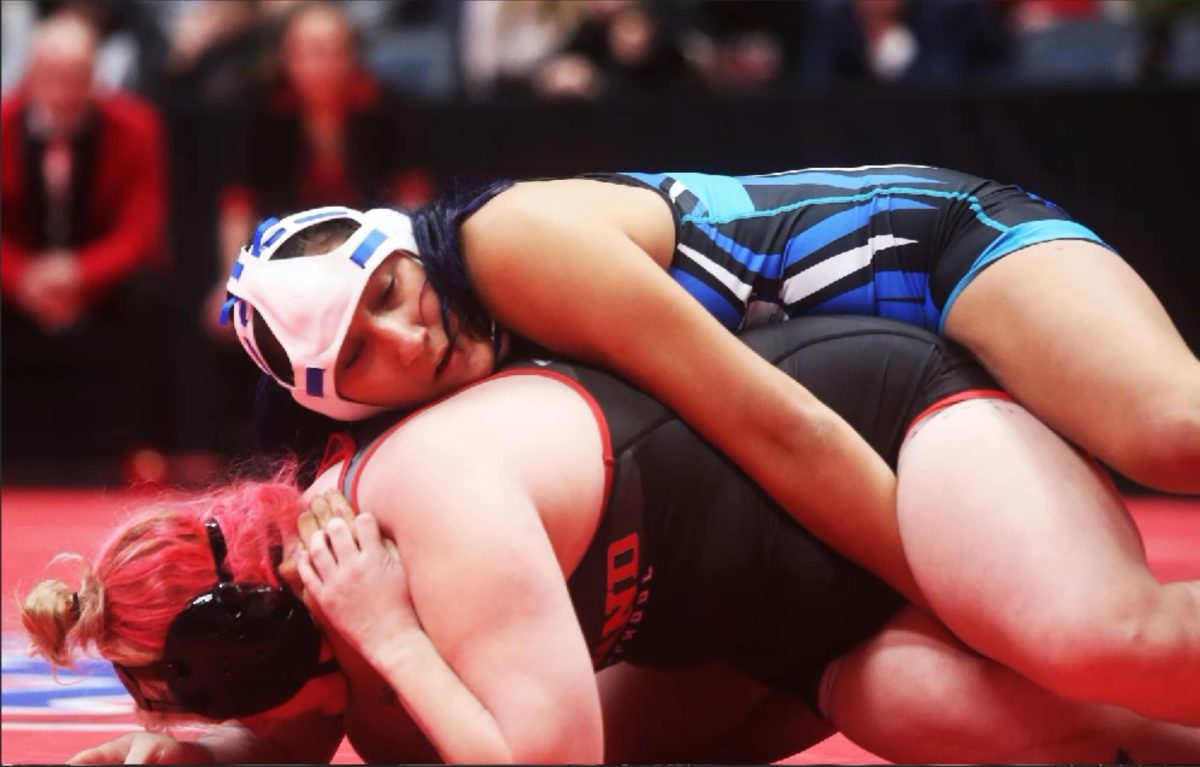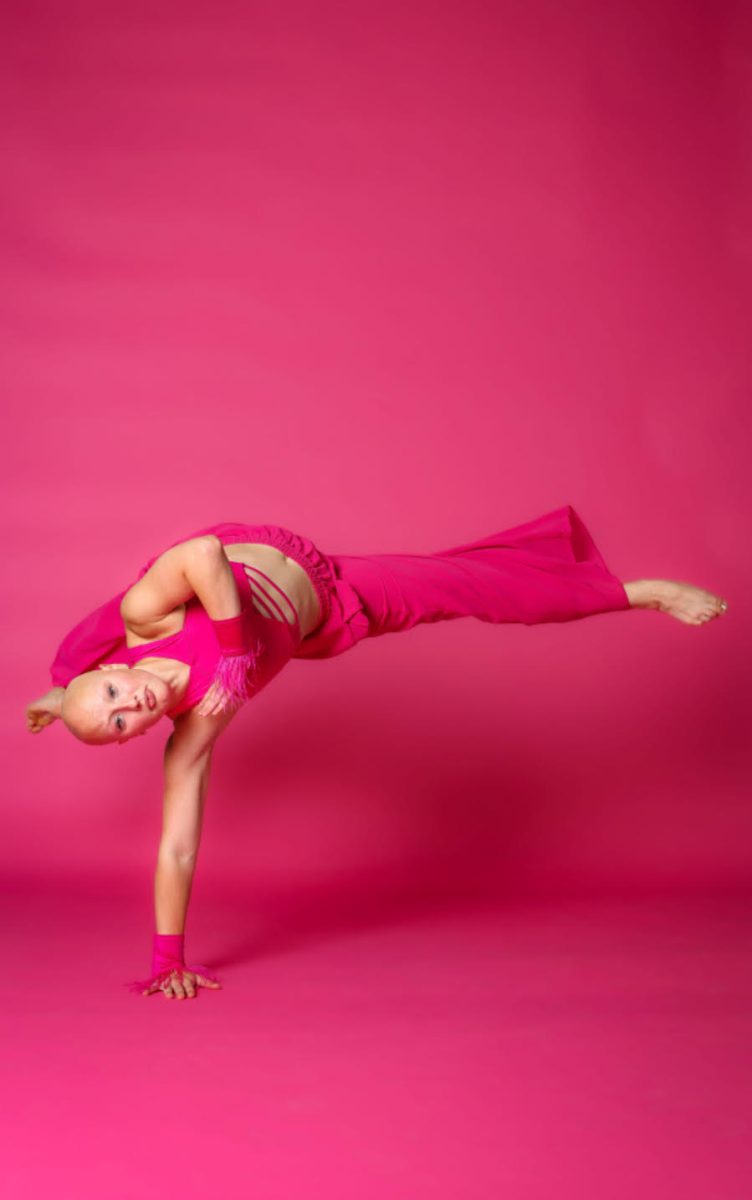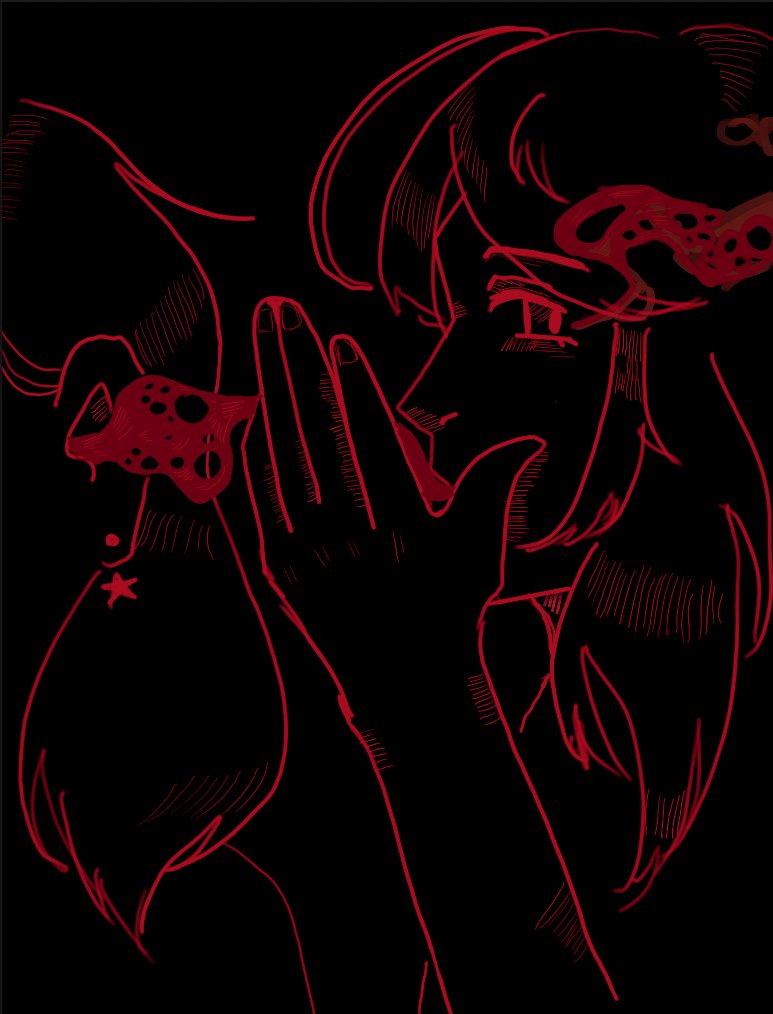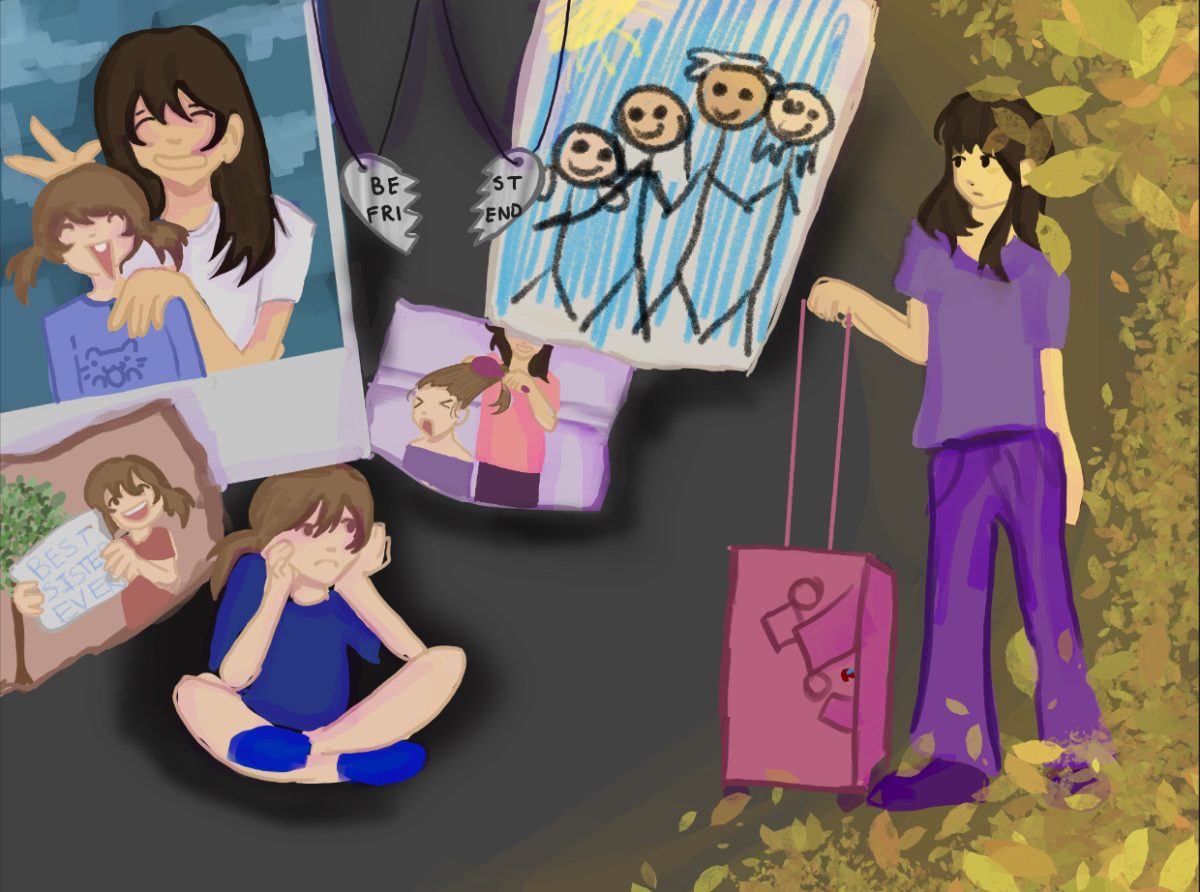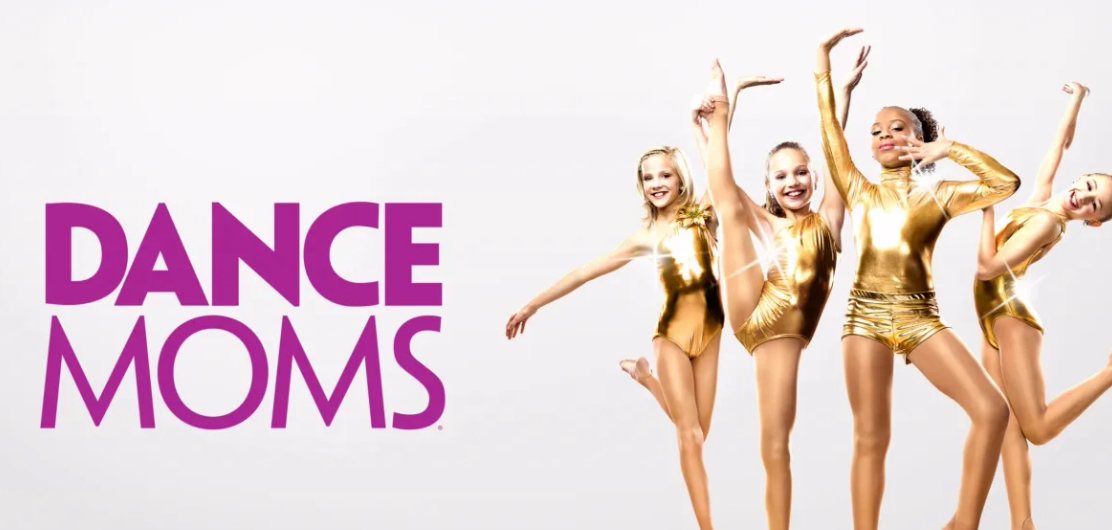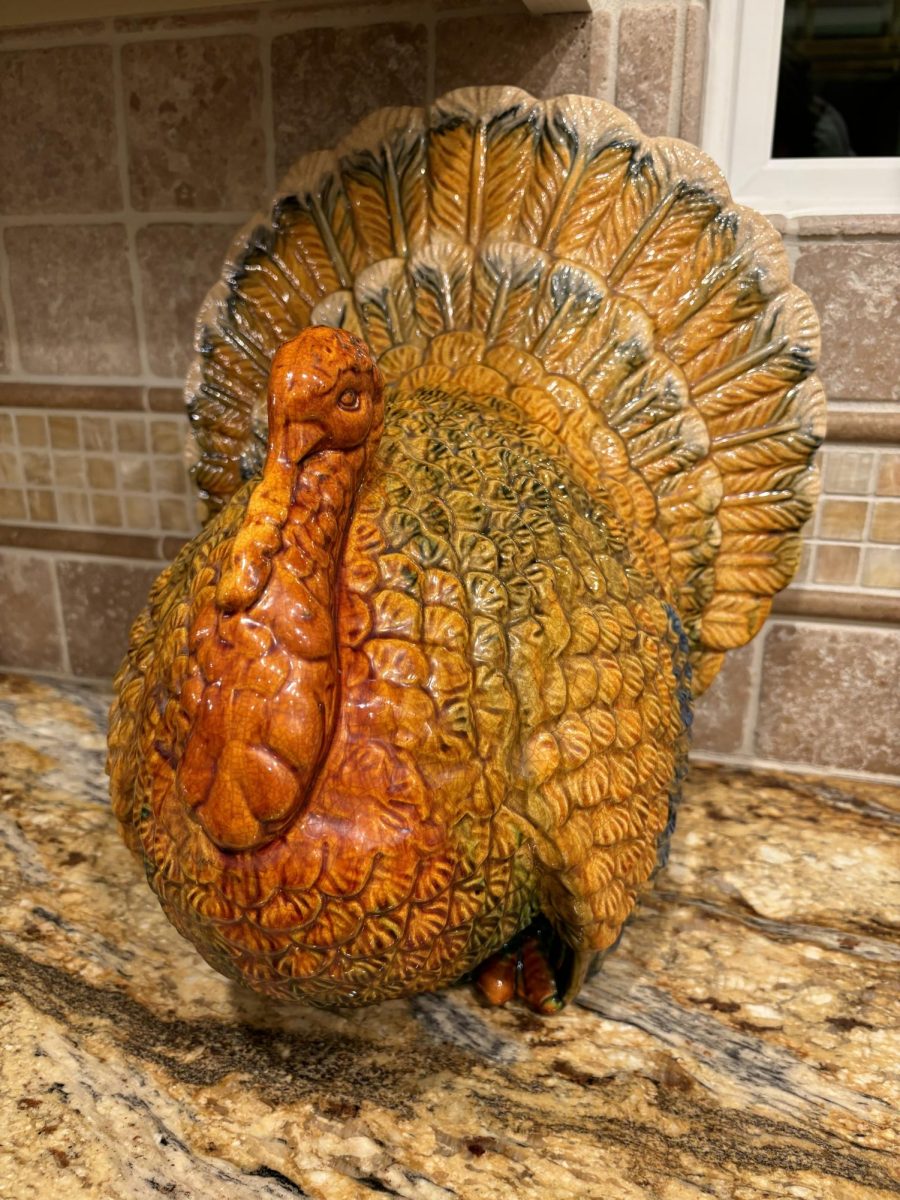Physics says that weighing less means jumping higher.
For figure skaters, this means thinness is success.
“If you weigh a certain amount, you can’t really jump,” figure skater Maria Julia de Castro Maymone (12) said. “So, in my head, I’m just like, I have to stay jumpable.”
Wrestlers are identified by their weight.
The number on the scale dictates how much they can accomplish.
“You have to take weight and if you’re not under the weight class, then you can’t wrestle varsity,” wrestler Owen Mitchell (11) said.
As sports that depend heavily on weight and body size, figure skating and wrestling can both foster unhealthy relationships with food and perpetuate an infatuation with appearance and body composition.
In figure skating, it’s all about remaining as small as possible for as long as possible.
“Look at the people around you; everyone is basically still a child,” Maymone said. “You basically quit the sport when you turn 18.”
Body composition is incredibly different before and after puberty, and for a skater, this will almost certainly impact performance on the ice.
“It’s very normal for teens, especially when going through puberty, to see an increase in body fat,” Maddie Alm, registered dietitian, former Monarch Cross Country Coach, and collegiate and post-collegiate professional runner, said. “And if you’re trying to fight that, it can really impact your overall health with hormones and bone density and all those really important things.”
Despite the risks, knowing that their career as a skater could be on the line, it’s not uncommon to engage in dangerous behaviors.
According to a research paper by Professor Sally Gibbons at the University of California, Los Angeles, 24% of skaters assessed in a study were seriously at risk for an eating disorder. That same study found that 38% of skaters considered themselves overweight even though they were not. Additionally, these skaters were not eating enough bone-building nutrients or proteins for how active they are.
Different, but similarly dangerous behaviors occur for wrestlers as they fight to avoid weight gain.
“Some wrestlers will chew gum, or have a lollipop and literally just spend hours spitting out saliva to try and lose water weight,” Mitchell said. “They’ll put on as much clothing as they can, multiple shirts, and tuck their sweatpants into their socks and wear a hoodie with the hood up and do a bunch of intense cardio to try and make themselves sweat.”
Cutting out meals and losing significant weight very quickly can have serious side effects.
“Symptoms of under-fueling include trouble sleeping, being sore all the time, having stomach issues, having no appetite, low iron,” Alm said. “And especially for female athletes, losing your period is not normal. That’s not healthy.”
However, for competitive athletes, rapid weight loss is often presented as the only option. For wrestlers, not losing the weight means giving up a varsity spot. For skaters, gaining weight is often considered a reason for lower scores.
“People will try and lose like six pounds,” Mitchell said. “A lot of it is especially competitive. You want to be as strong as you can and as light as you can. Lots of people will not eat or drink water for the day before they compete to lose as much water weight and food weight as they can.”
Figure skaters often have the same pressures to lose weight, but in many cases, it presents itself subtly.
“People want to be smaller,” Maymone said. “I feel like it’s usually in ballet, but it definitely translates to skating.”
While wrestlers are told flat-out to lose weight, skaters are often subtly encouraged by the culture that surrounds them.
“The issue is we wear really tight dresses and if you have a larger chest, your bra shows, and it’s kind of uncomfortable,” Maymone said. “You can’t really dress to fit your body type. We’re basically wearing tight see through dresses.”
As she’s gotten older, Maymone has had to learn to accept that getting bigger is just part of growing up.
“It’s a little bit stressful, but I think I’m getting better at it,” Maymone said. “The bigger you are, the more you have to really think about it.”
Similarly, Mitchell feels that while weight loss habits can be intense, it’s not something that carries into life after wrestling.
“People don’t really hold on to their habits. Like, I’m sure there are other sports where, even when people are in the off season, they’re still worried about their weight,” Mitchell said. “But all of the wrestlers are like, ‘I don’t need to make weight’ and all of us gain like 20 pounds.”
In many ways, being an athlete requires consideration of diet and how to stay in shape. However, staying healthy and ensuring peak performance can be difficult. As teen athletes, it’s important not to become consumed with these ideas.
“I think there’s just in general, a lot of confusion around what you should be eating as a teen athlete,” Alm said. “And so teens tend to turn towards social media for advice, and that is usually where people aren’t as qualified, and so the information is maybe not as good. I think sometimes there’s mixed messaging coming from peers and classmates, teammates, coaches, parents. There’s just a lot of people involved for teens and it’s harder to make decisions for yourself and feel confident in those choices.”
Alm encourages athletes to focus on fueling their bodies in a way that keeps them healthy and helps them perform better. In sports, with an aesthetic component this can be difficult, but there are ways to make it simpler.
“Eyes on your own plate. Focus on yourself and what you need,” Alm said. “If there are people posting things that you’re seeing a lot that are really triggering or that are making you question your choices, mute them, unfollow them. You can sort of curate your feed a so that you’re not constantly seeing messages that are making it really hard for you to feel confident in your choices.”
Sometimes, doing all of this may not be enough. Disordered eating impacts 62% of female athletes and 33% of male athletes, according to Eating Disorder Hope. The most important thing is staying healthy, and there are plenty of ways to make that happen.
“If you’re really struggling to navigate it on your own, look for resources, find some help, and know that it’s okay to ask for help,” Alm said. “It’s a really common thing to struggle with, and you don’t have to struggle alone.”
